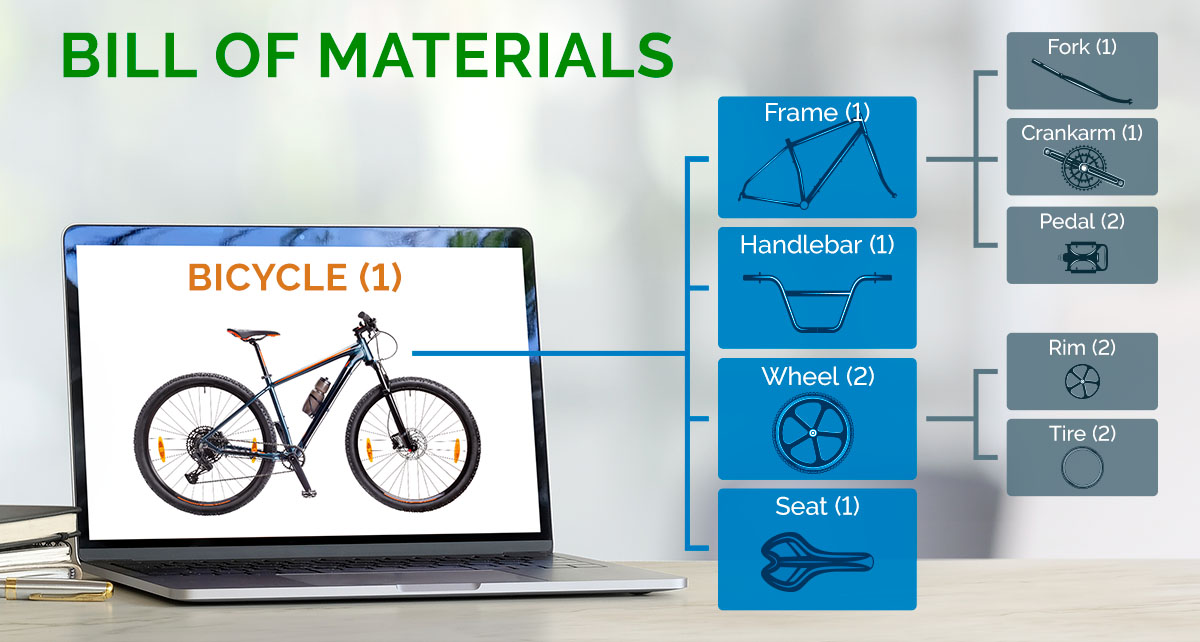-
- North America
- EMEA

The as-built bill of materials (BOM) is a critical component of efficient BOM management since it is the final, definitive document that records a product’s actual components and configurations after manufacturing. BOM management refers to the methods and technologies used to build, maintain, and optimize the BOM throughout the product’s lifecycle, from initial design to end-of-life. Incorporating the as-built BOM into BOM management guarantees that the data reflects real-world changes and deviations from the original design, resulting in an accurate depiction of the product for maintenance, upgrades, and duplication. This synchronization is critical for correct inventory management, procurement, and production re-runs since it guarantees that all stakeholders are working with the most recent information. The incorporation of as-built BOMs into BOM management systems helps minimize errors to improve organizational efficiency, product quality, and customer satisfaction.
Incorporating the as-built bill of materials (BOM) into product lifecycle management (PLM) and quality management systems (QMS) is critical for ensuring product uniformity, quality, and traceability throughout its lifecycle. Within PLM, the as-built BOM provides a definitive record of the finished product, allowing for correct management of design revisions, maintenance plans, and end-of-life planning. This ensures that the actual product requirements are used throughout the entire process, from conception to disposal. The as-built BOM improves quality assurance in QMS by describing the specific materials and components utilized, allowing for standard compliance, quick problem diagnosis, and effective corrective measures. PLM and QMS use the as-built BOM to match manufacturing outputs with quality requirements and design intent, promoting continuous improvement and operational excellence.
Read our best practice article to learn common BOM mistakes that might be costing your business and how to reduce BOM mistakes with the help of Cloud PLM.